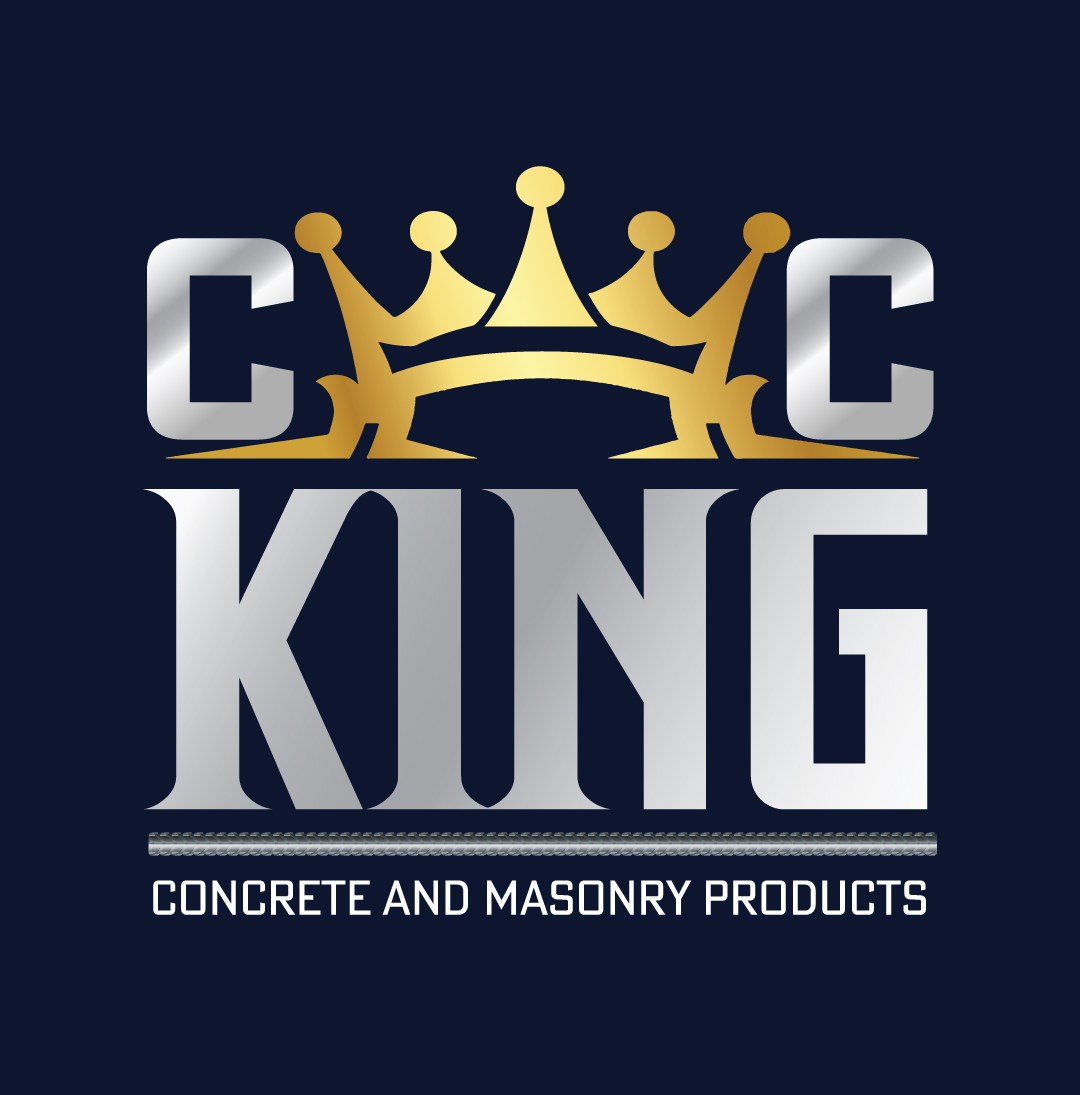Which Hardscaping Material Is Right For Your Project?
So you’re ready to make an investment in outdoor living. That’s great news! The decision to add a patio, deck, or walkway to your outdoor space is one that will improve your home’s value (and help you relax on those summer evenings and weekends.) While many homeowners are aware of the various hardscaping options available — not all are. The key is to take the time to understand your choices. Then you can choose the one that is right for you. Let’s start by looking at the four primary materials used most often in today’s hardscaping projects.
Concrete:
Most of the time, concrete is the least expensive choice for hardscaping projects. A slab of concrete with a natural color and a broom finish is the simplest and least expensive option. You can add color to a simple concrete slab by using a dry or wet pigment or by staining a finished slab.
Exposed aggregate concrete requires extra work. The installer inserts a layer of small aggregate (stones) onto the top of the pour and washes the concrete away from the stones to create a unique, textured surface.
Stamped concrete is the most expensive kind of concrete for hardscapes. After the concrete slab has been poured, pigments are carefully sprinkled to make this finish. Then, stamps are used to make marks that look like bricks, stones, or even wood planks.
Concrete is low-maintenance and requires little or no weeding or edging, but it is not permeable and may become waterlogged if no drainage is provided. Because concrete is less expensive than other paving options like bricks, homeowners may be able to afford additional landscaping elements that will also contribute beauty and value to their property.
Concrete Pavers:
Most concrete (or manufactured) pavers are made to last for a long time. They are all made in a controlled environment with the same mold, so customers know what to expect. They can be sealed to protect the water barrier and stop the freezing and thawing by not letting water sit in the stone. If a brick is broken for some reason, it is easy to replace just one section and make it look just like the rest of the patio or area.
Most concrete pavers are set up with polymeric sand, which makes them permeable. This means that water can easily flow through them and into the ground rather than pooling or sitting on top of them. Sand no longer gets washed away or wears out after a few years. Prices for concrete pavers can range from moderate to high.
Flagstone:
When most people think of a stone patio, they think of a flagstone. Depending on where you are in the country, the type of stone can be different, giving a true sense of place. In the Southwest, the stone that is found there can be buff, tan, or even red. There are tans, browns, and grays in the Midwest. On the East Coast, flagstone from Pennsylvania is mostly gray with hints of blue, green, and rust. As hardscaping has spread worldwide, flagstones from Asia and South America can come in different colors.
Quality flagstone with the right thickness makes a beautiful, long-lasting product. Thicker pieces can be “dry laid,” which means they are placed on a bed of sand or stone dust without using mortar to hold them in place. Flagstone can also be “wet laid,” which means it is stuck to a concrete slab with mortar and the spaces between the stones are filled with grout. Your choice depends on your budget, how you want it to look, and the site conditions.
Travertine Pavers:
In a nutshell, travertine pavers are made from natural stone and come in different shapes and sizes, and they are easy to mix and match to create a unique and beautiful look. They are only made for outdoor use, and they work well around pools and on patios. Travertine is made by some complicated natural processes, and it is cut from natural stone (thus its natural and unique look).
One of the best things about travertine pavers is that, unlike most brick pavers and cement pavers, they have a unique look. Also, they are safe for everyone in the family because they are much less slippery when wet. In other words, you don’t have to worry about falling out of the pool and breaking your bones! These pavers make your pool area safer, which is why so many people use them, especially couples with children.
There are plenty of different materials that can be used for hardscaping, and there’s no one “correct” choice. It comes down to your preferences, your budget, and the availability of different materials in your area. With the help of a professional, you should be able to choose the right material for your project.
At C. C. King, we’re proud to offer a selection of top-quality materials to help you create the beautiful outdoor space of your dreams in South Jersey. Call us today to find out more!

This Post Has 0 Comments